Saving Fiji’s threatened trees
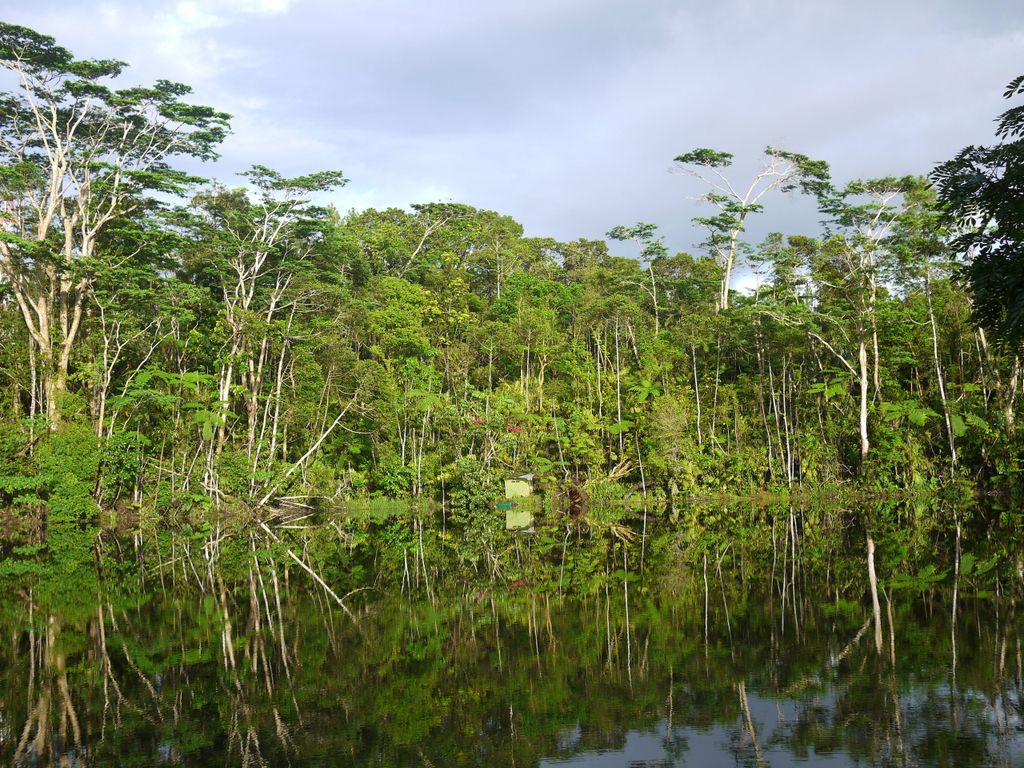
-
Status of project
Completed -
Country
Fiji -
Programme
Global Trees Campaign -
Workstream
Saving Plants -
Topic
Tree Conservation
Project completed
Conservation Problem
Fiji is a biodiversity hotspot. However, the islands are experiencing rapid loss of rare dry forest habitat, and there is little information on the majority of the islands’ 700 tree species.
Project Goal
This project built capacity for the prioritisation and subsequent conservation of threatened trees and restoration of dry forests within Fiji.
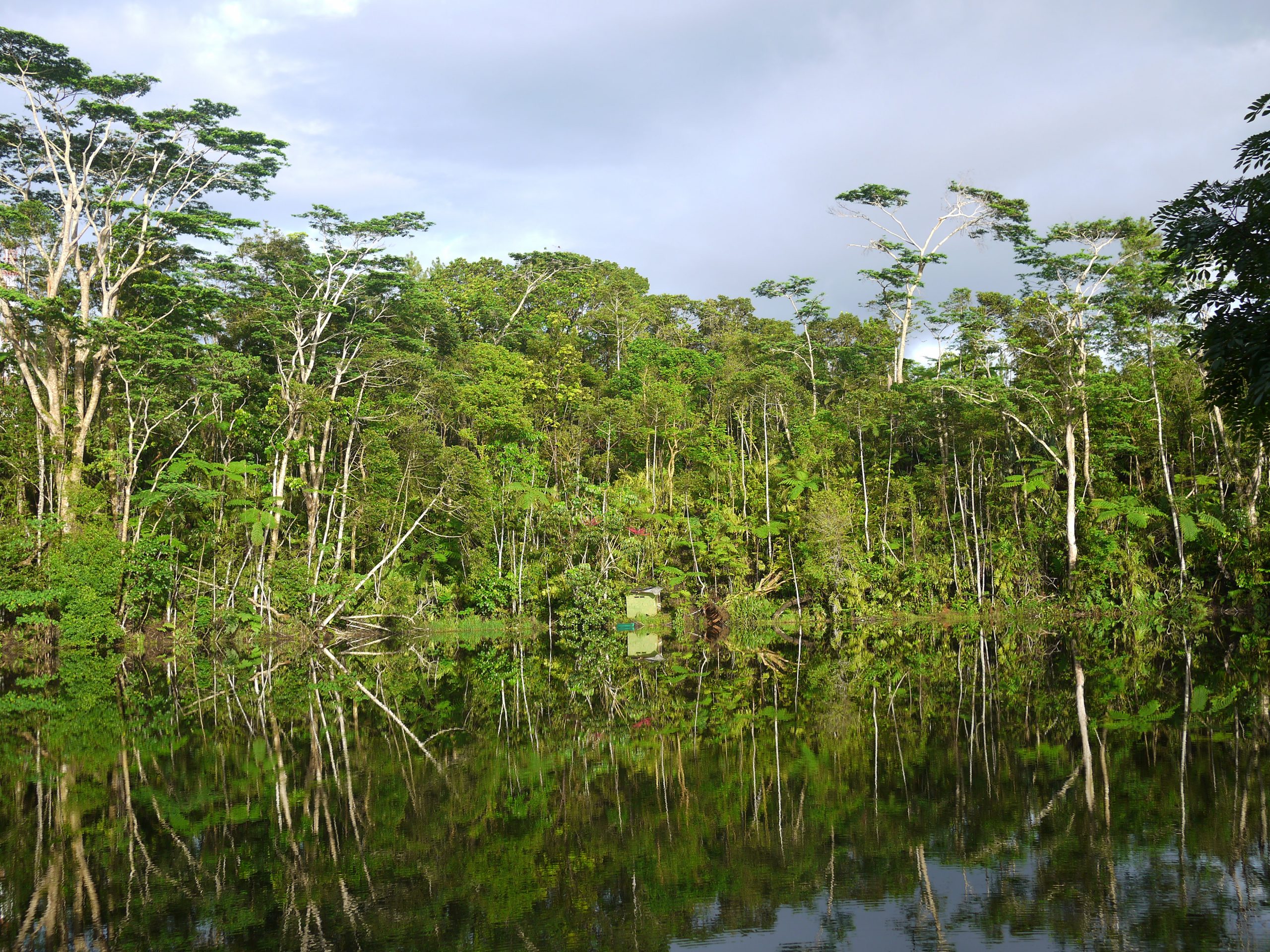
Why these species?
Fiji, comprised of around 300 islands, is a biodiversity hotspot of high conservation priority. The country is home to 1,600 endemic plant species, and 742 tree species. However, much of Fiji’s endemic flora is not well known, especially with respect to its endemic trees. The once dominant dry forest on the islands has now severely reduced in area. On Viti Levu, the archipelago’s largest island, forest cover has been reduced to just 1%.
With the exception of a single small island, none of the dry forest areas of Fiji are protected in reserves. There is danger that the remaining areas will be destroyed through fire or clearing, before any work can be done to survey and save them. Restoration of dry forest areas in newly declared protected areas provides an opportunity to protect species and bolster this unique habitat type, yet land managers lack expertise in restoration techniques. New plant taxa and records have been discovered in the last 10 years, but there is still not enough information about the distribution of potentially endangered species. Without urgent action, many of Fiji’s tree species are at risk from extinction.
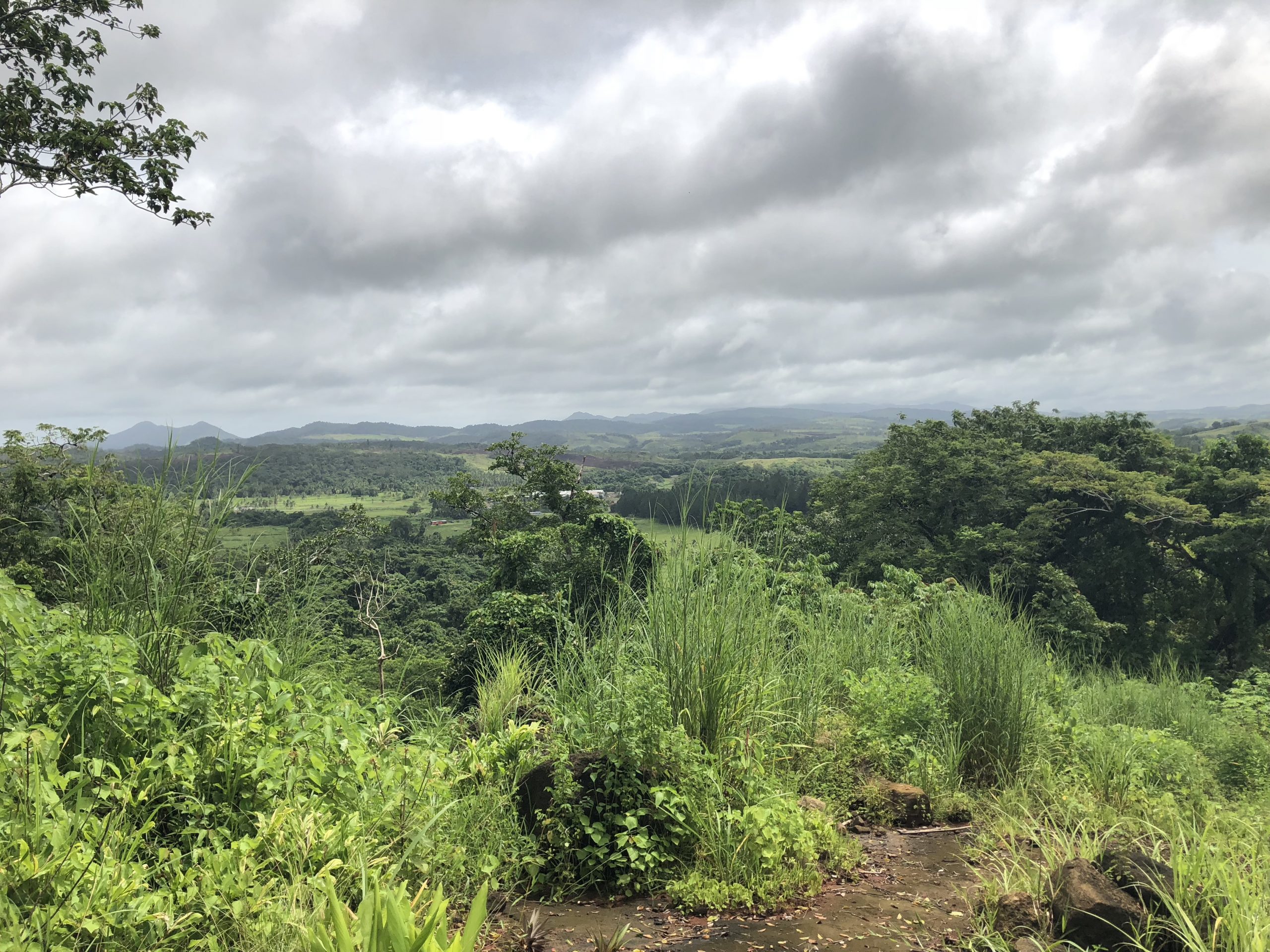
What did we do about it?
This project was a partnership between BGCI and NatureFiji-MareqetiViti (NFMV) funded by Keidanren Nature Conservation Fund. NFMV is a domestic NGO working for the conservation and sustainable management of Fiji’s biodiversity. Between 2016 and 2019, NFMV, BGCI and other stakeholders in Fiji worked to gather information to assess the conservation status of native tree species, build capacity for plant conservation and restoration, collect tree seeds for restoration, and promote the importance of the dry forest conservation to stakeholders across the country.
Key achievements and future directions
In 2016, a red listing workshop was held in Suva, Fiji. Workshop participants from NFMV, the Forestry Department, The Secretariat of the Pacific Community (SPC), the University of South Pacific identified priority tree species that required a conservation assessment and were trained in the IUCN Red List process. During the workshop, many previous assessments were updated, with 32 red list assessments produced. Half of the 32 species were assessed as threatened with extinction; these species will be prioritised for conservation action. A further 31 timber trees and palms were assessed by NFMV and BGCI in 2017 and submitted to the IUCN Red List. In 2019, a workshop was held to review the Red List process with the same participants of the previous Red List training and a total of 16 tree species were assessed.
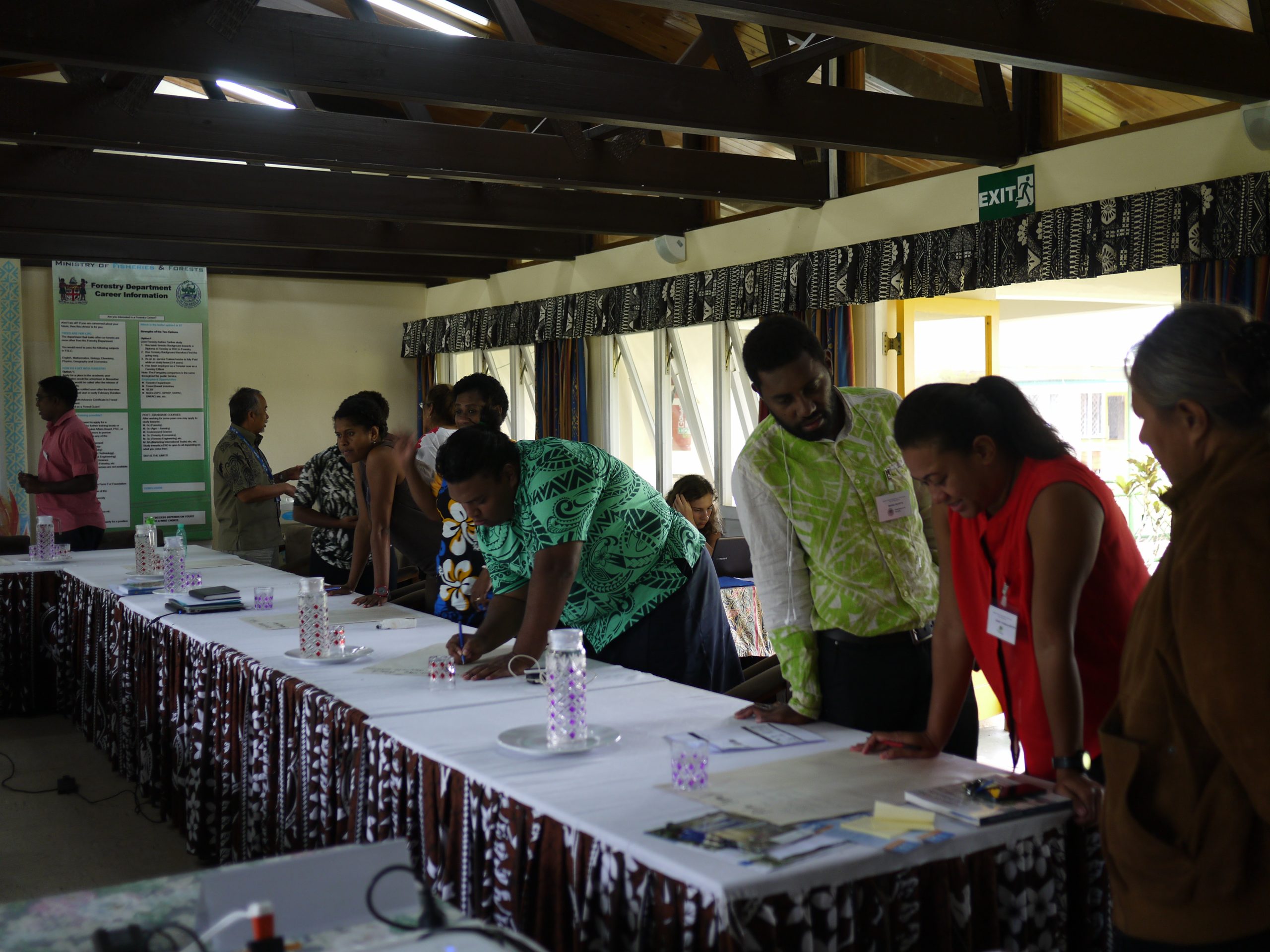
In 2018 and 2019, two training workshops were held to provide technical guidance on restoration and initiate the development of a restoration plan for a newly designated protected area which is co-managed by NFMV. The workshops were led with assistance from Auroville Botanic Garden, a member of the Ecological Restoration Alliance of Botanic Gardens (ERA). The restoration action plan will be endorsed by the National Trust of Fiji and the local community along with the management plan for the Nakanacagi forest, which is currently scheduled for completion in July, 2019.
Following conservation assessment, field surveys were conducted in two of Fiji’s priority dry forests for assessed species on the IUCN Red List and to gather data on those species assessed as Data Deficient. The surveys recorded the presence of five of Fiji’s threatened trees and confirmed the importance of future restoration plans for the dry forests. The NFMV team has also joined staff of the Ministry of Forestry to collect seed of dry forest tree species, and seedlings are now being grown in MoF nurseries. The Ministry of Forestry will also supply seedlings required for the restoration of the protected area when needed.
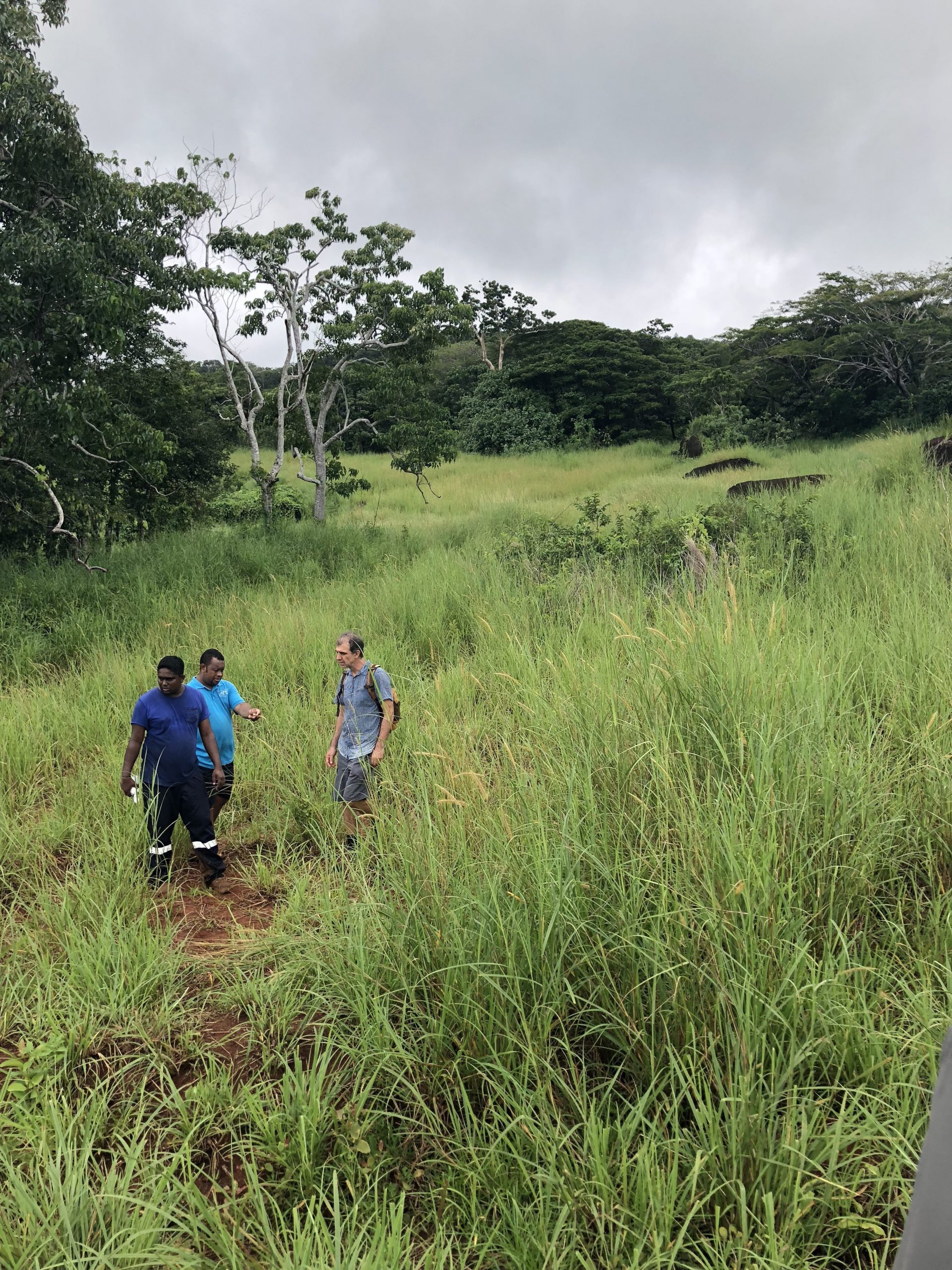
BGCI and NatureFiji-MareqetiViti will continue to work together on the conservation of trees in Fiji through a project focused on Pterocymbium oceanicum, a Critically Endangered species of the dry forest.
Contact details
For more information on this project, please contact globaltrees@bgci.org